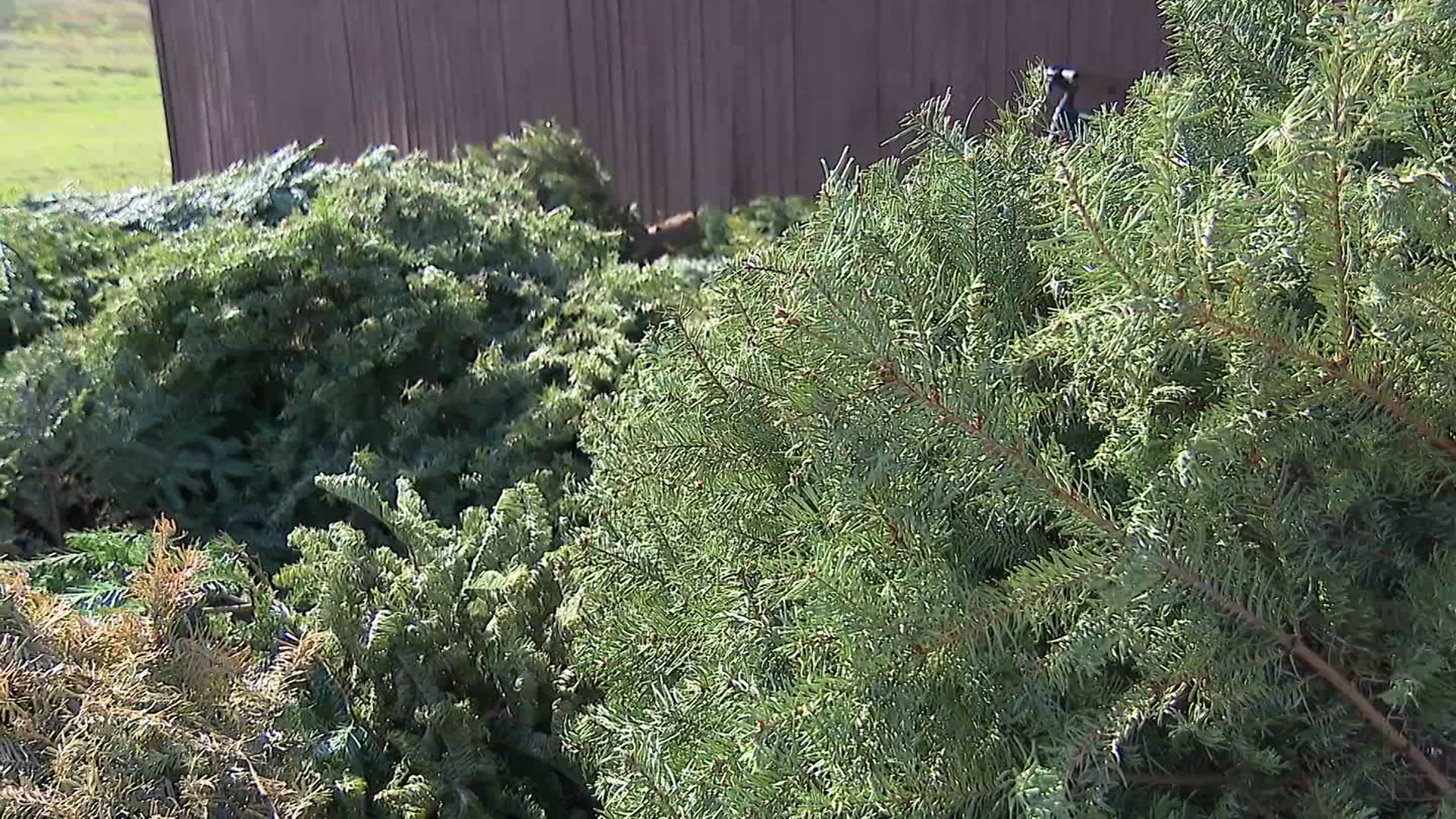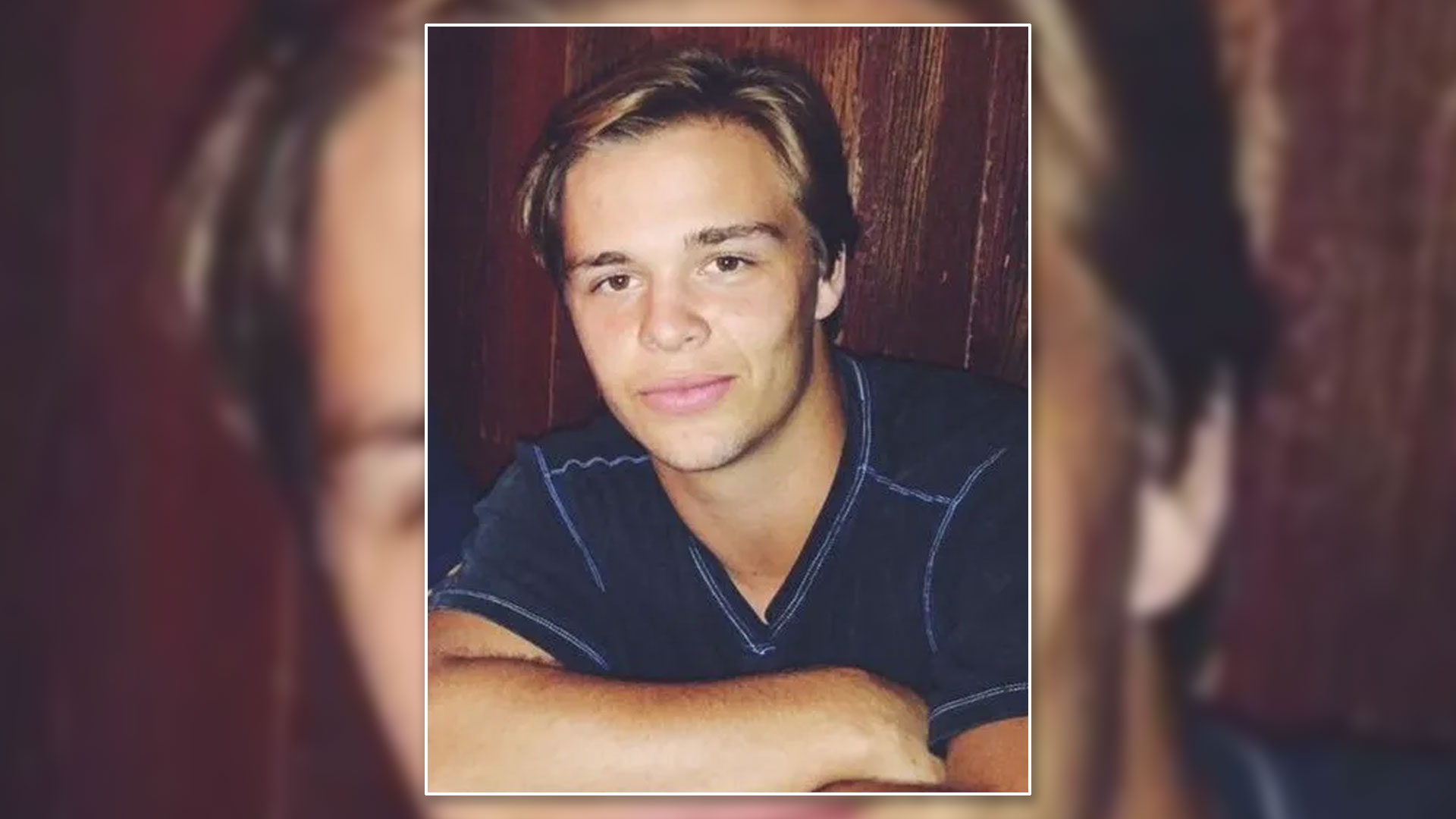The Arlington Police Department announced the 1985 cold case murder of a UT-Arlington student has finally been solved.
Terri McAdams, 22, was found savagely beaten to death inside her fiancé’s apartment located on West Division Street on Feb. 14, 1985, according to previous NBC 5 reports.
Despite thousands of leads, no arrests had been made and the case went cold.
Get top local stories in DFW delivered to you every morning. >Sign up for NBC DFW's News Headlines newsletter.
On Wednesday, Arlington Chief of Police Al Jones was joined by Detective Devon Coffer and FBI Dallas special agent in charge Chad Yarbrough to announce a break in the 40-year-old case and the identification of a suspect.
It is a day McAdams’ family thought would never come.
“After so many long years, we had come to grips to accept that we would probably never know who murdered our sister,” said Karen Hopper, McAdam’s younger sister.
Local
The latest news from around North Texas.
The 22-year-old had been beaten and raped. Her attacker managed to enter the ground floor apartment through a sliding door, according to Arlington police.
At the time, detectives said McAdams’ engagement ring was taken during the attack. Police alerted area pawn shops to the missing ring at the time. Her alleged killer also left behind a distinctive shoeprint outside her home, according to police.
McAdams’ younger sister Karen Hopper says her family had come to terms that police would never the person responsible for the brutal attack.
Their parents have since died.
“We had given up hope,” said Hopper. “I honestly cannot believe we are standing here today.”
Hopper, sister Pamela, stepmother and husband walked into the Arlington Police Department to address members of the media Wednesday afternoon.
A maintenance worker McAdams’ body on February 14, 1985, according to police.
McAdams moved from Arkansas to Arlington with her fiancé who police say was out of town the day of the murder.
Detectives were able to eliminate him as a suspect shortly after the attack.
Arlington Police Chief Al Jones began the press conference explain that investigators had revisited the McAdams case several times over the years.
Despite exhaustive investigations, police were not able to identify McAdams’ killer.
Until now.
“We got the big break we needed, and we have id the killer,” said Jones.
Police do not believe the two knew each other and say the attack appears to be random.
Sharp had been considered a possible suspect in 1985 and was even questioned, according to police.
Sharp had been known to APD related to at least one sexual assault case against him.
He also lived near the area of the murder.
Detectives were also immediately met with a challenge because Sharp took his own life in a double-murder suicide in November 1985.
Sharp shot and killed his wife and her friend before turning the gun on himself, according to police.
In January of this year, the McAdams’ murder was assigned to APD homicide detective Devon Coffer.
Several items previously sent for testing in 2021 allowed detectives to develop a profile of the unknown suspect.
Police in 1985 collected and preserved evidence including the victim’s sexual assault kit, fingernail clippings, and a cigarette butt found in the unit where neither resident smoked.
But when police searched CODIS, a national database containing DNA profiles of convicted offenders, more disappointment.
They did not get ‘a hit.’ No one matched the suspect’s DNA in the database, meaning they would have to find another way to solve the crime.
APD sought help from the FBI Dallas Field Office in August of 2023, specifically the bureau’s use of an emerging technique to solve violent cold case crimes, including sexual assaults and homicides, called Investigative Genetic Genealogy, or IGG.
Special Agent in Charge of the FBI Dallas Field Office Chad Yarbrough said the agency’s use of IGG has helped DFW-area police departments solve close to a dozen cases in just the past year and a half.
IGG combines unidentified crime scene DNA with meticulous genealogy research and use of historical public records to identify new leads for law enforcement agencies.
“Investigative genetic genealogy has transformed law enforcement’s ability to solve crime,” said Yarbrough. “Investigators construct family trees of persons identified as possible family members of the suspects and build leads based on the possible genetic relationships. It is important to note that the arrests are not based on investigative genetic genealogy findings, but all arrests are based on independent criminal forensic DNA testing.”
The FBI was then able to identify and locate a close genetic relative in another state.
Earlier this year, Coffer and FBI agents met with relatives, who are not being identified by law enforcement for their own privacy.
“They agreed to help us with a DNA sample,” said Coffer.
Samples were sent to the University of North Texas Health Science Center’s Center for Human Identification where this month, lab results confirmed Sharp was a genetic match to the killer.
Coffer described the moment he received the long-awaited answer: “That call to me it meant everything in the world,” he said.
APD says it is the first of its cold cases solved with the help of IGG.
Jones and the FBI vow to use the same technique on other unsolved murders and sexual assault cases, in hopes of bringing victims of violence and their loved ones some closure.
Yarbrough says their work is not possible without the public.
“You can help violent crime by submitting commercially produced DNA samples to services that cooperate with law enforcement,” he said. “Familial relationships are key to generating new leads for unsolved crimes.”
“Terri was an amazing girl, beautiful and full of life. She was the best big sister to me and to Pamela,” said Hopper. “To know her, was to love her.”
Hopper says her big sister had not yet settled on a career path at UTA.
She was sweet, fun, and feisty, said Hopper.
Over the years, Hopper’s hope was ‘renewed’ after learning of decades’ old cases solved through genetic genealogy.
Hopper encourages other families still waiting for justice in their loved ones’ deaths to keep hope alive.
“We hope our story is going to provide that same level of hope,” she said. “This is almost 40 years and so like I said earlier, a day we thought might never come, but thanks to these guys, thanks to genetic genealogy it worked.”




